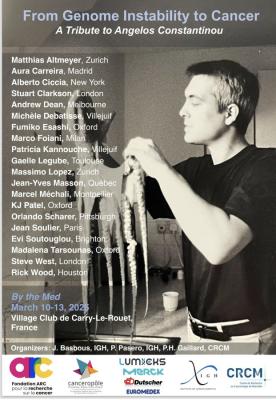P-bodies (PBs) are cytoplasmic membraneless organelles containing untranslated mRNAs, whose functions are poorly understood. In two extreme scenarios, they could either ensure cellular functions by gathering together specific proteins and RNAs in a timely manner, or they could be an epiphenomenon due to intrinsic molecular features of their components.
We tackled this issue by purifying human PBs at different phases of the cell cycle. We observed widespread changes in their RNA content: some were merely accompanying changes in total mRNA abundance, while others were uncoupled, resulting in various mRNA storage patterns with regulatory potential. Single molecule FISH confirmed that maximal storage could peak in G1, S or G2, depending on the mRNA and on the time their encoded protein is needed. In all phases, the best predictor of mRNA localization in PBs was their GC content, associated with a strongly biased codon usage, as previously observed in asynchronous cells. Additionally, we identified an RNA feature that specifically favors PB localization in G1 phase and could play a role in post-mitosis PB reassembly. Altogether, the dynamic landscape of RNA storage in PBs throughout the cell cycle places PBs as actors in post-transcriptional regulation.
To know more about her team, please visit: https://www.ibps.sorbonne-universite.fr/fr/Recherche/umr-biologie-developpement/compartimentation-trafic-intracellulaire-mrnp



